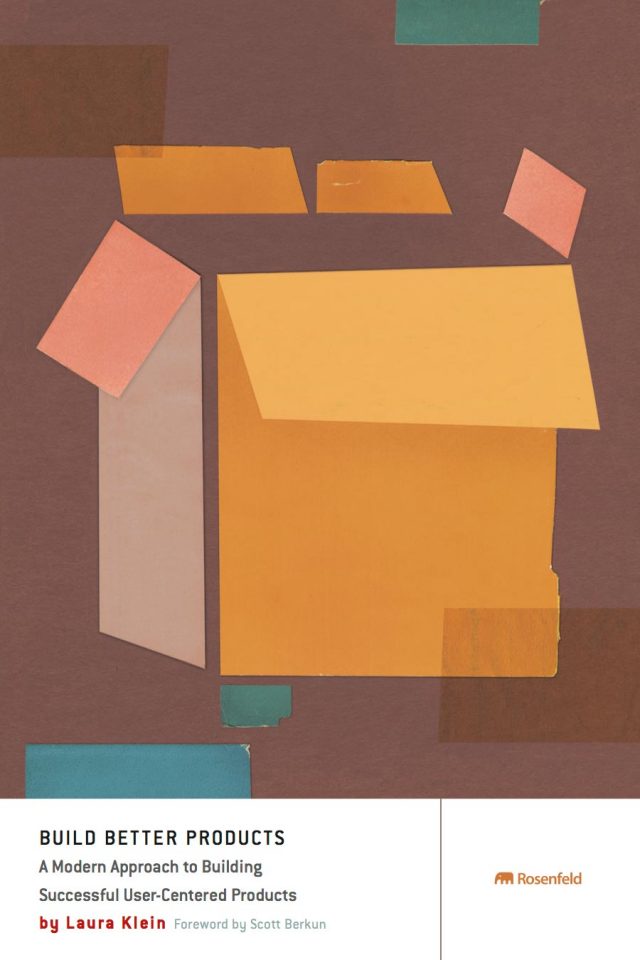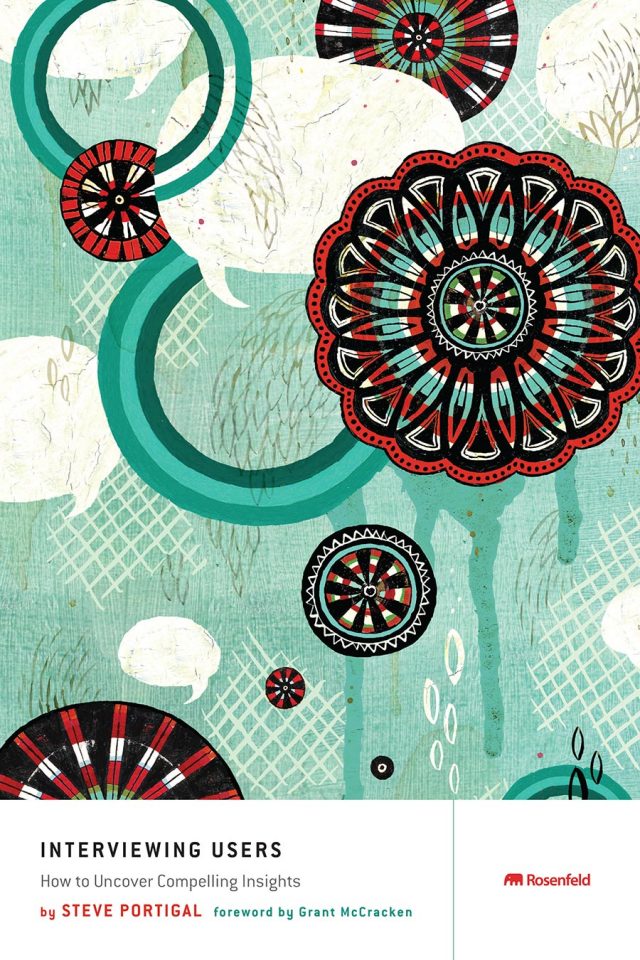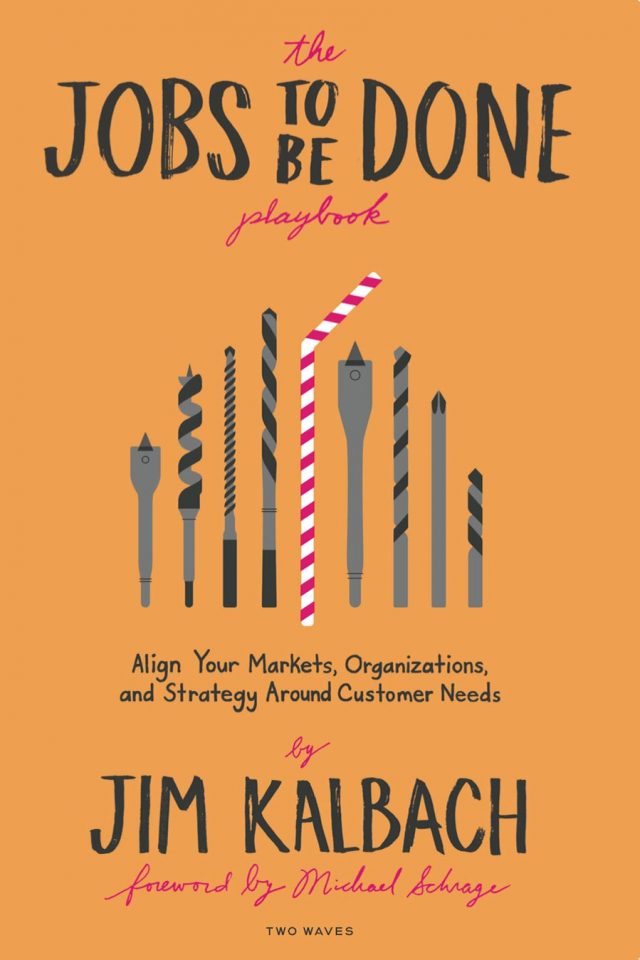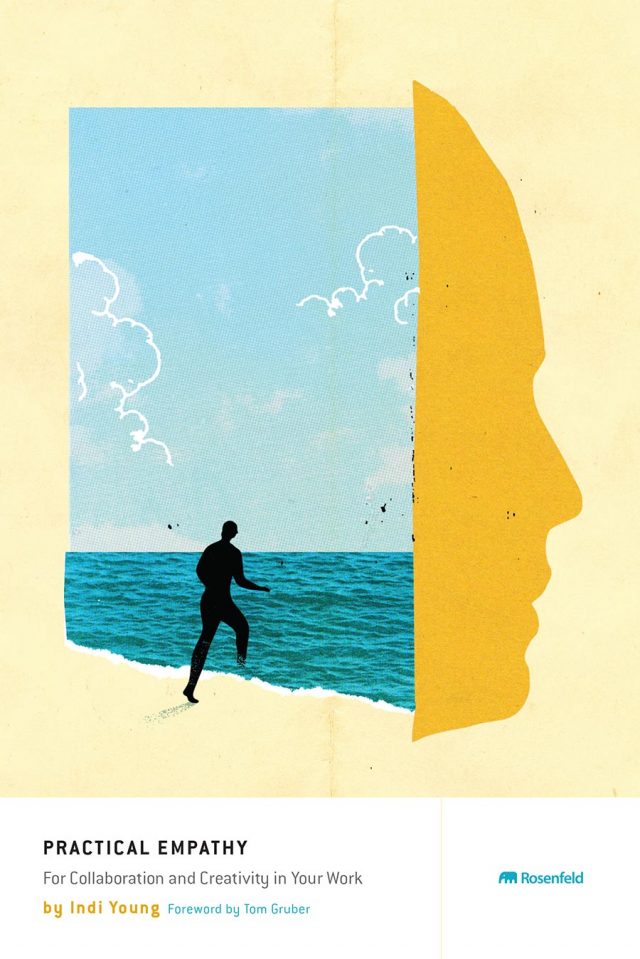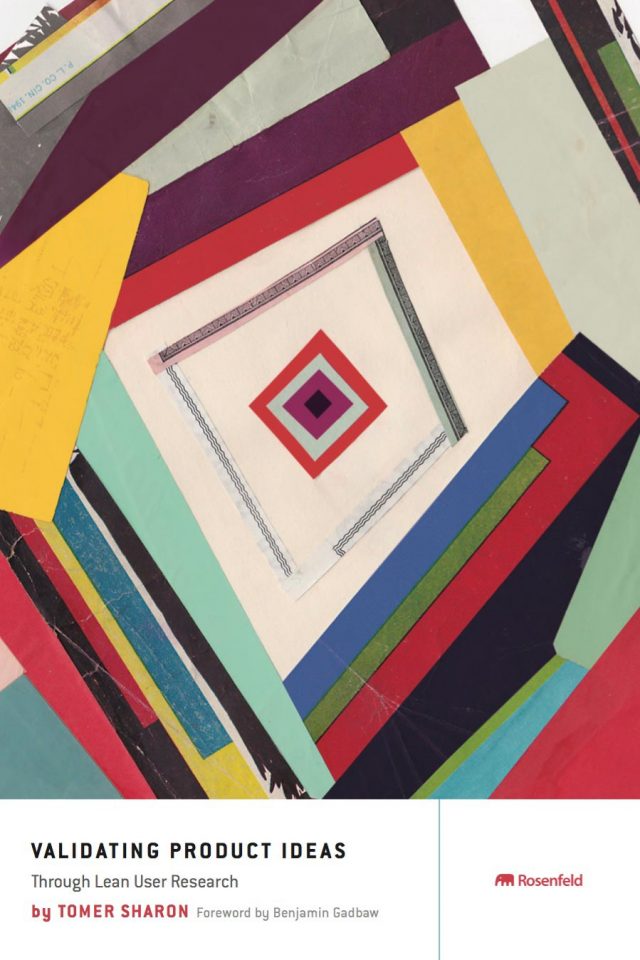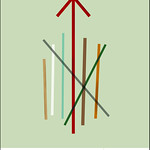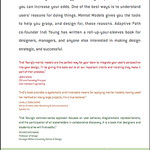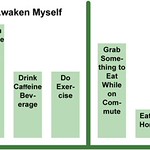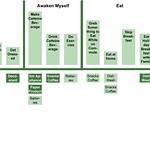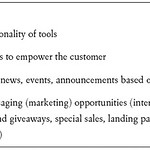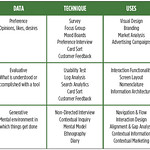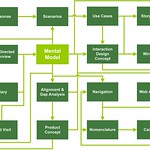I would like to thank the following people for their influence on the mental model method as it continues to mature over time:
Mary Piontkowski, who is not afraid to point out where I might be wrong-headed. Thank you.
Gina Davis and Paul Stiff, who saw the strengths of early mental models and encouraged me to develop the method.
Jim Hook, who told me that what I thought was common knowledge might not really be as common as I supposed.
For beta-testing draft chapters and clearing up confusion: Craig Duncan, Simonetta Consorti, Andrea Villa, Jen Richardson, Isabelle Peyrichoux, Ingrid Hart, Marcus Haid, Ginny Redish, Todd Wilkens, Brandon Schauer, Ryan Freitas, Bjorn Hinrichs, Jay Morgan, Jon Littel, Lauren Kessler.
Clients who believed in the possibilities: Camille Sobalvarro, Yen Lee, Suneet Wadhwa, Karen Wallace, Joelle Kaufman, Lee Thompson, Terie Clement, Joel Arabia, Karen Semyan, Carey Wilkins, Renae Gottschall, Paola Dovera, Mark McCormick, Secil Watson, Georgina Corzine, Connie Frennette and Clare Barr and Kathy Parsons (the “Kh” team), Srinivas Raghavan, Hanneke Krekels, Simon Parker, Jim Mier, Tim Adams, Jackie De Muro, Bob Bebb, Lakshmi Sundar, Dan Arganbright, Suzanne Van Cleve, Bryan Vais, Eric Fain, Tom Gruber, Peter Ostrow, Maclen Marvit, Enrique Alvarez, Matthew Nelson, Chad Carson, Christina Avrett, and Kevin George, who was the first person to say, “You should write a book about this,” while we were riding in a taxi out of Pasadena, in September 2000. Real examples make all the difference when explaining something. I want to thank all my clients who gave me permission to publish our work.
Teammates Donelle Gregory, Evelyn Wang, Mark Phillips, Carolyn Snyder, Laurie Bell, Chris Baum, Jen Klafin, Nate Bolt, Genelle Cate, Jean Anne Fitzpatrick, Darcy DiNucci, Adele Framer, Dave Covey, Chiara Fox, Sarah Rice, Kate Rutter, Lane Becker, Mike Kuniavsky, Peter Merholz, Jesse James Garrett, Janice Fraser, and Jeff Veen. And Gary Wang, who wrote the first Python scripts that spit out the diagrams.
I could not have done this without all the good people involved in production at Rosenfeld Media: Karen Whitehouse for inflating my ego. It’s her fault that I’d like to write another book. Peter Morville for sending me an email out of the blue offering to do a technical review; I can just imagine him sitting down at his desk that morning thinking, “Gee, I have nothing pressing to do. I think I’ll offer to read Indi’s manuscript.” Right? Liz Danzico and Allison Cecil for taking everything off my hands and making my part in the production process blissfully easy. Marc Rettig, whose comments on the “mental models versus alignment diagrams” debate, as well as the book’s positioning, were quite helpful early on. Lou Rosenfeld for having the determination to start Rosenfeld Media and do something right. It is pure joy to work with him and watch his publishing philosophy unfold. I am confident that his efforts will force a sea-change on the industry.
I owe my sanity during the writing of this book to my friends: my mom, Gus Young, graduated high school in 1958, and won a four-year scholarship to a university to study math. If she hadn’t turned it down in order to help support her seven siblings, I am convinced she would have been one of the first software engineers. Yes, her name is Gus. My brother, Greg Young, for urging me to write a book, any book. Philip Ramsey for urging me to continue writing after dinner while he did the dishes. Carolyn Wan for making me laugh with email about her three young daughters. I wish I could tell stories like she does. Lucy Simon for moral support and distracting workouts at the pool. Matt Stephens for all the phone calls when I was frustrated with words. Marjorie Forman for keeping me from being too much of a recluse. Carey Ritola for celebrating my 15 minutes of fame.
And for her constant presence curled up napping on my desk: Megahertz (13 January, 1988-21 June, 2007), my 19 year old cat who was really a space alien, I’m sure.


